Focus areas
Internal displacement is a complex phenomenon, with triggers, impacts and solutions that cut across a wide range of social, economic, environmental and political topics. IDMC focuses on the areas below in our core monitoring and data work and in our research, analysis and engagement with policy and other actors working to address the issue.
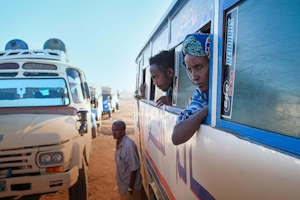
Conflict and violence
Every year, millions of people are forced to flee their home by relentless bombardments, the threat of armed attacks, or harassment by criminal gangs. In this section, we dig deeper into the drivers, triggers, patterns and impacts of internal displacement associated with conflict and violence.

Displacement, disasters and climate change
Natural events such as floods, earthquakes and fires force millions of people to flee their homes each year. At the end of 2022, 8.7 million people were living in internal displacement due to disasters. Not all disaster displacement is climate-related, but as climate change continues to make extreme weather events more common and more intense, ever more people are at risk of being forced to flee their homes.

Durable solutions
Achieving durable solutions is a challenge for all displaced people, whether they remained within their own country or crossed an international border in their flight. IDMC’s research examines the conditions needed for the safe return of IDPs and refugees to their place of origin or for their integration in a new home, and assesses whether these conditions are met in different countries.
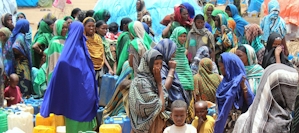
Socioeconomic impacts of internal displacement
Internal displacement affects people’s lives, safety and well-being. But it can also limit their economic potential, leading to billions of dollars being lost each year and jeopardizing socioeconomic development for entire countries. This research measures the economic impacts of internal displacement at the global, national and individual levels to guide investments into more effective prevention and response.
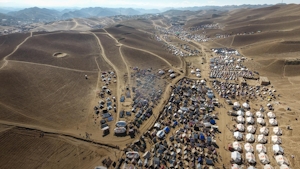
Monitoring progress on internal displacement
Internal displacement is a complex phenomenon that cannot be measured with numbers of IDPs alone. IDMC has developed tools to complement its displacement figures with standardised assessments of the conditions in which IDPs live and of affected countries’ capacity to address the issue. These assessments are updated regularly to allow governments and their partners to monitor progress over time.
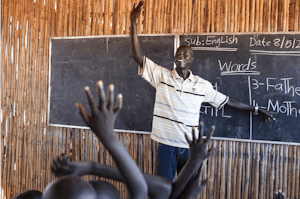
Internally displaced children, youth and education
This research area seeks to better understand how internal displacement affects the current and future lives of children and youth, including their access to quality education. It aims to identify policies and support options that harness the resources of children and youth and address their specific needs during displacement.
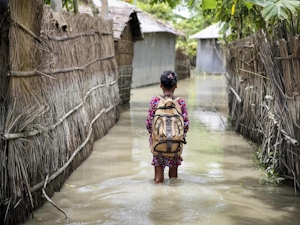
A gender perspective on internal displacement
Knowledge of gender inequalities in internal displacement is limited, yet indispensable to propose tailored solutions for internally displaced men, women, boys, girls and people who identify as lesbian, gay, bisexual, transsexual, intersex or queer (LGBTIQ). This research highlights their different experiences and needs, and calls for more data and analysis on gender and internal displacement.
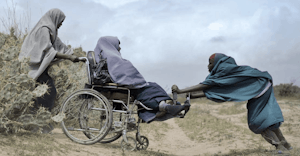
IDPs with disabilities
This research area seeks to better understand the unique risks, challenges and intersecting barriers people with disabilities face during displacement and identify ways forward for more disability-inclusive planning and responses to displacement.
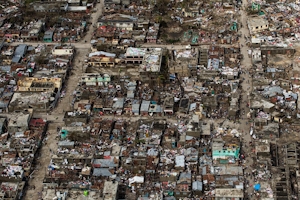
Urban displacement
Around the world, most internally displaced people find refuge not inside displacement camps, but in host communities, often in cities. Evidence is scarce regarding their exact numbers, locations, needs and resources. Understanding urban displacement better is key to designing more effective measures to prevent future displacement, and more sustainable solutions including local integration in urban communities.